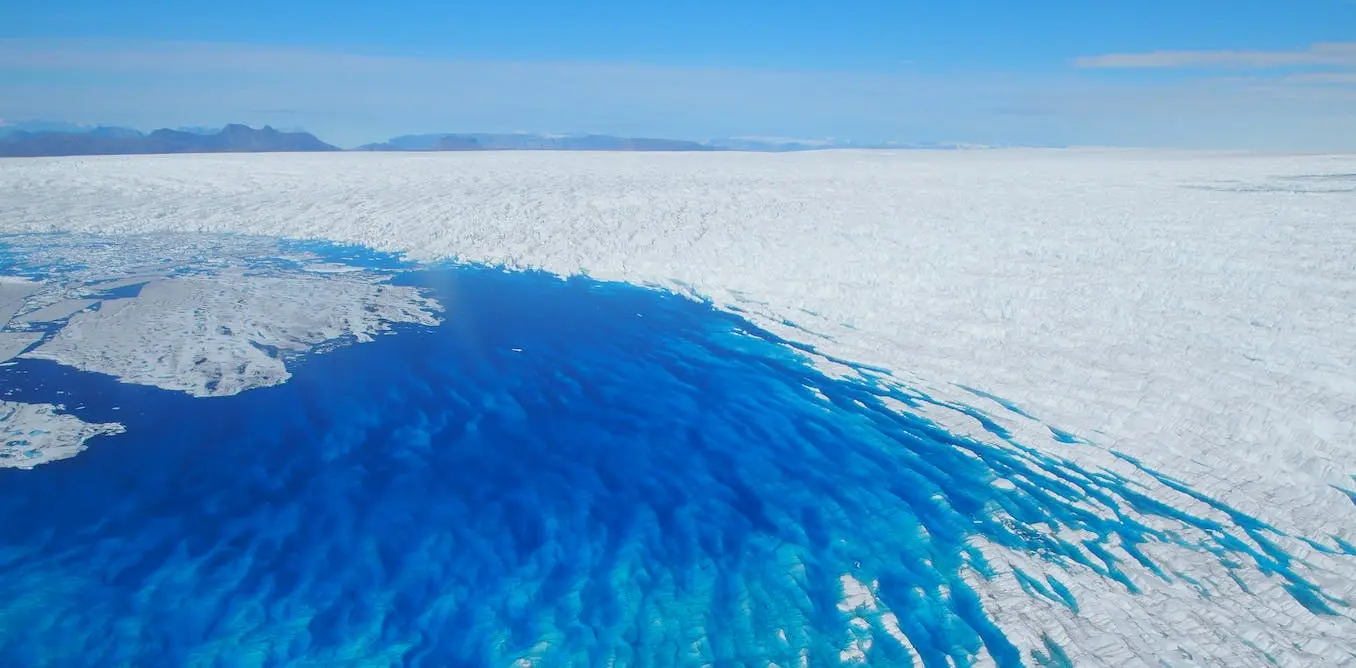The results are fascinating. If temperatures peak at 2°C or so, and remain there, then the models – as expected – predict substantial ice sheet collapse after several thousands of years.
However, things change if warming is seriously mitigated post-2100. In those models, inertia in the ice sheet’s response – a bit like the time it takes for a ripple to settle down as it passes across a pond – means that an overshoot is at least partly reversible as long as temperatures are quickly brought back down.
The paper is here, and says:
Our results show that the maximum GMT and the time span of overshooting given GMT targets are critical in determining GrIS stability. We find a threshold GMT between 1.7 °C and 2.3 °C above preindustrial levels for an abrupt ice-sheet loss.

There’s no way we will stop in time for +2°C.
That’s a human decision, and one that’s not yet done. I’ll be doing every bit I can for every tenth of a degree.
God I love this comment. Well said.
It’ll melt.
Seems like a key new paper, but not surprising to me. It takes a long time to melt ice kilometers thick, so it’s the integral of warming that counts. However once its altitude drops below a certain level, the snow on the top becomes rain, and it can only go down.
threshold GMT between 1.7 °C and 2.3 °C
could be not far away now -and note also (abstract):
even temporarily overshooting the temperature threshold, without a transition to a new ice-sheet state, still leads to a peak in SLR of up to several metres




